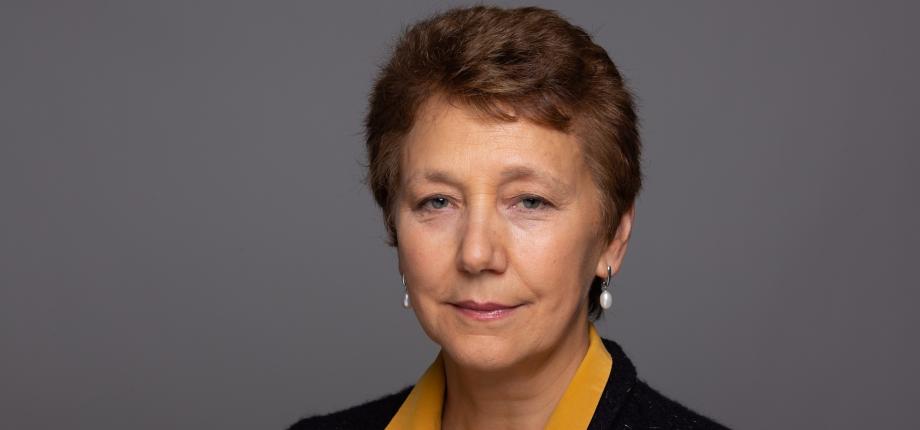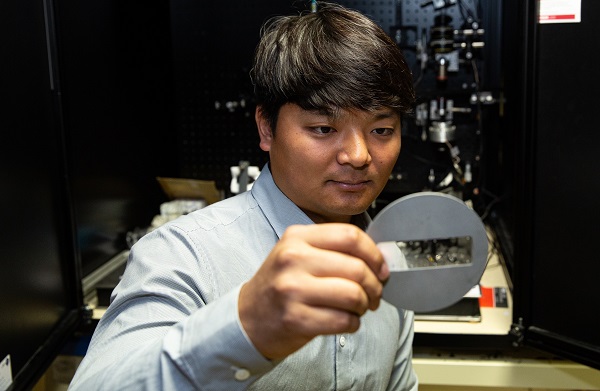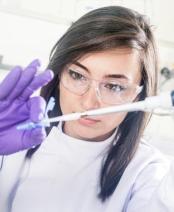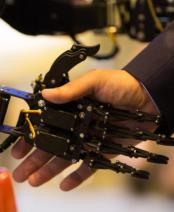Polarimetric microscopy helping medical diagnosis

Current diagnosis of gastro-intestinal diseases relies on microscopic observation of thin sections of biopsies taken from the patients during the endoscopy test. But the preparation of these tissue sections is a complex and time-consuming process and the interpretation of the results is highly operator-dependent. Providing the quantitative indicators to characterize the degree of tissue inflammation would be an important breakthrough for the pathologists. The article published by Tatiana Novikova and her colleagues - Myeongseop Kim, Hee Ryung Lee, Razvigor Ossikovski, Aude Malfait-Jobart and Dominique Lamarque - proposes using polarized light for this purpose. This paper has been awarded the 2023 EOS Prize by the European Optical Society.
Changes in polarization
Light is a transverse electromagnetic wave with coupled oscillating electric and magnetic fields. These fields may vary in different ways, that are characterized by a property called polarization. Polarization is not specified just by a number but is linked to the vectorial nature of light and is therefore described with vectors and matrices. In linear polarization, the vector of electric field oscillates in a single direction. In circular or elliptical polarization, the vector of electric field rotates in a plane orthogonal to the direction of wave propagation. As light passes through an object, in this case biological tissue, its polarization is altered, attenuated, or even lost. Measuring these changes enables one to trace the properties of the structure of an object through which the light passes, and, thus, to characterize this object.
In this collaborative study with the researchers from Inserm and Ambroise Paré Hospital in Boulogne-Billancourt, the thin histological sections of gastric tissue biopsies taken from healthy patients, chronic gastritis patients and cancer patients. For each of these three types of tissue, two adjacent sections were analyzed: one was prepared using the conventional method of staining and placed under the standard white light microscope for the gold standard histopathology analysis, the other non-stained section was placed directly under a Mueller microscope. This polarimetric instrument, designed and built at LPICM, was used to obtain the sample’s Mueller matrix, which contains all information on how gastric tissue modifies the polarization of the transmitted light. Hence the name of this technique is transmission Mueller microscopy.

Quantitative indicators
The researchers then had to interpret the polarimetric data correctly - using a Mueller matrix differential decomposition method - and perform a machine learning combined with the statistical analysis to estimate and quantify how these polarimetric properties are related to the pathological status of tissue (healthy, chronic gastritis, cancer), using the results of conventional histopathology analysis as a ground truth. The team was able to develop an algorithm that provides the quantitative metrics helping the pathologists with their diagnosis and assessment of gastric tissue pathological status. The team now plans to test this approach on gastric tissue biopsies with different degree of inflammation to check its diagnostic performance and the uncertainties associated with the quantitative indicators it delivers.













